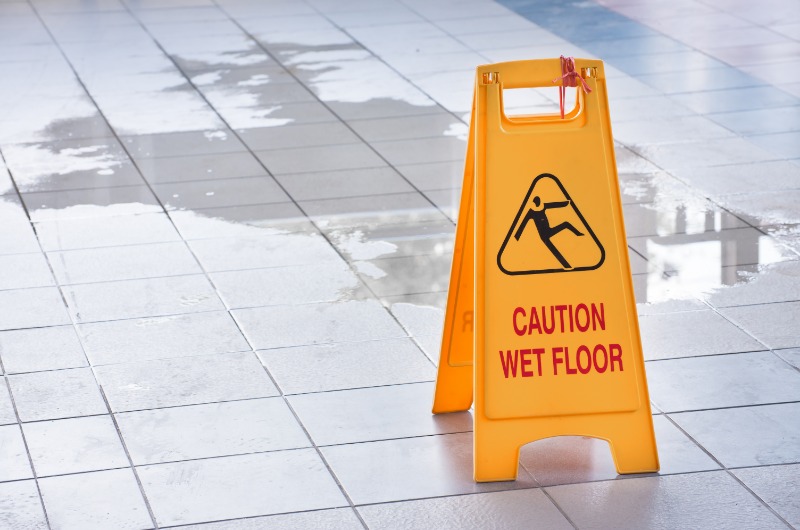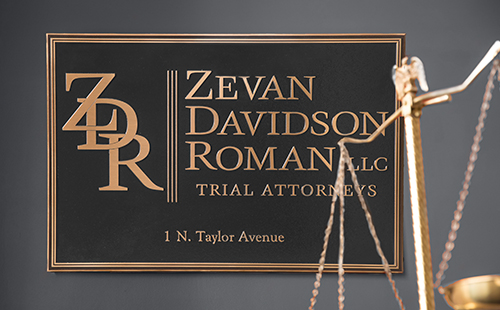Determining If You Have a Valid Slip and Fall Claim
We have all been in the embarrassing situation of falling down in public at one time or another. You might have been distracted by your phone, not paying attention, or simply had a clumsy moment. In some cases, though, there could have been a hazard on the property that caused you to slip and seriously injure yourself. If so, you could have a valid slip and fall claim and be eligible for financial compensation. Let’s take a closer look at the criteria for a claim.
Hazardous Conditions
Slip and fall claims require that there was a clear and serious hazard on the premises. Simply put, a small crack in the sidewalk is not sufficient to justify a lawsuit. Your claim should identify a clear hazard that directly led to your injury.
Examples of unsafe conditions on a property include:
- Flooded or slippery floors caused by water, grease, oil, etc.
- Trip hazards, such as unsecured extension cords
- Inadequate lighting in stairwells, hallways or crowded spaces
- Poor signage around construction zones
- Ice or snow accumulation on sidewalks
Significant Injury
Slip and fall cases are generally filed on behalf of those who suffered significant or severe injuries from a fall. For example, if you tripped over a cord and only suffered a sore wrist, your injuries likely will not warrant compensation from the property owner. A head injury, however, may require extensive medical treatment and could cause you to miss work, thus creating an immediate need for compensation.
Common slip and fall injuries include:
- Broken bones
- Torn ligaments
- Fractured vertebrae
- Concussion
- Brain injury
- Dislocated spinal disc
Property Owner Liability
As part of your slip and fall claim, you will need to prove that the property owner had adequate notice about the hazard and failed to take action. While owners are required to keep their properties in reasonably safe condition, it is virtually impossible to prevent all risk of injury. Your claim will need to prove that a reasonable individual would have become injured under those same circumstances.
Your personal injury attorney might consider questions like:
- How long was the hazard present? Was there enough time that the property owner should have noticed it?
- Were there any routines in place to monitor the safety of the property? If so, were they being followed at the time of the incident?
- Could simple actions have mitigated the risk of injury, such as a wet floor sign or covering an exposed extension cord?
What to Do Next
If you suspect you have a valid claim, you should start by contacting a personal injury attorney with experience handling slip and fall cases. After your consultation, your attorney may ask for documentation related to your incident. In many cases, documentation and evidence is a deciding factor in the outcome of a slip and fall case.
Be sure to document information like:
- Time, date and location of your fall
- Photographic evidence of the hazard, if possible
- Any medical records associated with your injury
- Written accounts from any witnesses
As always, the attorneys at Zevan Davidson Roman are here to answer any questions you may have about slip and fall injuries or how to navigate a personal injury case.
Missouri Personal Injury Lawyer
If you have been wrongfully injured as a result of personal injury, contact our legal team right away. Waiting to seek legal representation can prevent you from filing a claim and receiving the compensation you deserve.
Contact Zevan Murphy today.

